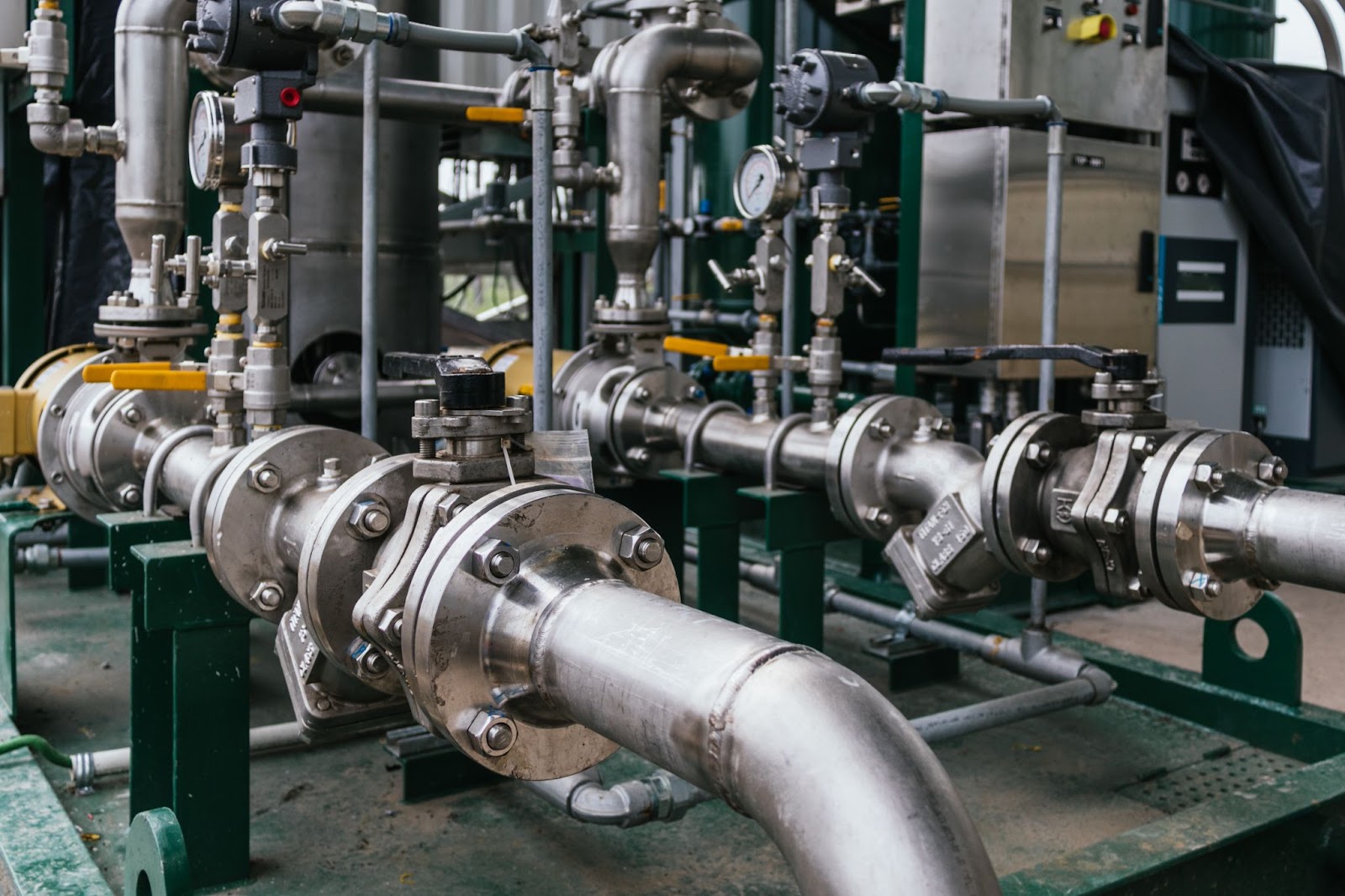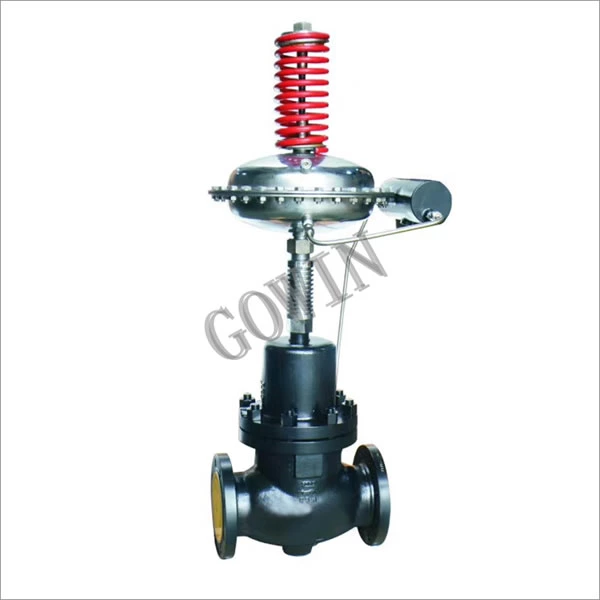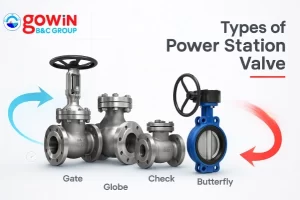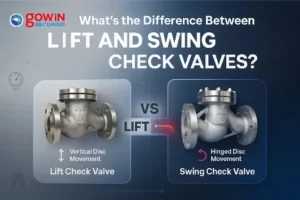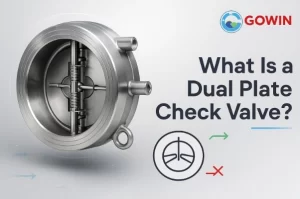Table of Contents
ToggleAs water and wastewater systems shift toward automation, flow control needs to be fast, accurate, and remote-ready.
That’s why more treatment facilities are turning to the electric water control valve to regulate flow, pressure, and system stability. These valves respond fast to control signals and help maintain steady operation.
Let’s explore how electric valves fit into modern plants, the types commonly used, and the advantages they offer over traditional options.
What Does an Electric Water Control Valve Do?
An electric water control valve adjusts flow or pressure in response to a signal from a control system—usually a PLC or SCADA. Unlike manual or pneumatic options, these valves operate automatically and can be programmed for precise performance.
In a water or wastewater plant, they’re often used to:
- Regulate flow rates between treatment stages
- Maintain pressure levels in clean water distribution
- Open or close based on tank levels or sensor feedback
- Control dosing of chemicals or additives
Because they’re electrically driven, they’re easy to integrate into automated systems. They help operators fine-tune processes without manual intervention—critical for modern treatment efficiency.
Common Types of Electric Valves in Treatment Plants
Different parts of a treatment system need different types of valves. The choice depends on how much flow control is needed, the type of media, and how fast or precisely the system needs to respond.
- Electric diaphragm control valve: Commonly used for controlling pressure and dosing small amounts of fluid. Great for chemical treatment steps where accuracy matters.
- Electric butterfly valve: A good choice for large-diameter pipes and high-flow sections. Compact, efficient, and ideal for on/off or basic flow control.
- Electric ball valve: Best for fast shutoff and low-maintenance zones. Works well where flow doesn’t need fine-tuning.
- Electric globe valve: Used for throttling applications when precise flow adjustment is needed.
Each water control valve electric setup should match the specific conditions of its process—flow speed, media type, and control needs.
High-performance control valves engineered to international standards (ASME, API, JIS, BS, DIN). Available in sizes from 3/4″ to 72″ with pressure ratings up to 42.0 MPa. Suitable for water, oil, and gas applications with temperature range from -196℃ to 650℃.
Explore ProductWhy Electric Over Manual or Pneumatic Valves?
Manual valves still have their place, but in modern treatment plants, electric water flow control valves are quickly becoming the standard. They allow for remote operation, programmable control, and integration with SCADA or PLC systems—something manual or pneumatic valves can’t match.
Electric valves:
- Don’t rely on compressed air (unlike pneumatic systems)
- React quickly to control signals
- Can be adjusted with precision
- Work well in both high- and low-pressure areas
They’re also easier to maintain in systems that need long-term consistency without constant manual intervention. For teams looking to improve reliability and cut down on labor, electric is the smarter move.
Applications in Water vs. Wastewater
Electric valves work in both water and wastewater systems, but each environment has different needs. Clean water systems focus on pressure control, chemical dosing, and maintaining flow consistency. Wastewater systems, on the other hand, deal with solids, variable flow rates, and corrosive materials.
In water treatment:
- Electric diaphragm valves are commonly used to control pressure and apply chemicals accurately.
- Electric globe or butterfly valves help regulate flow between tanks and treatment stages
In wastewater treatment:
- Ball and butterfly valves are often chosen because they hold up well and don’t clog easily.
- Electric valves can control sludge flow, backwash cycles, or divert flows between treatment phases
Both setups benefit from real-time control and remote operation. Whether you’re handling clean water or complex wastewater streams, electric valves bring consistency and responsiveness to the process.
Long-Term Benefits of Automation with Electric Valves
Adding electric valves to your treatment system isn’t just about convenience—it’s about building a smarter, more efficient operation. Over time, a well-integrated electric valve setup can reduce downtime, cut manual labor, and help catch problems early through system alerts and diagnostics.
Benefits include:
- Consistent flow control, even during fluctuating demand
- Fewer manual interventions, lowering operational costs
- Predictive maintenance, with performance data tracked through control systems
- Scalability, making it easier to expand or reconfigure your system later
Whether it’s a small facility or a large-scale operation, electric automation creates long-term value and system stability.
Electric Water Control Valve: Final Thoughts
Electric valves are key to keeping treatment systems stable and efficient. They improve flow control, reduce manual work, and help catch issues early. If you’re upgrading or designing a plant, choosing the right electric water control valve can save time, labor, and maintenance costs.
GOWIN offers electric valves built for water and wastewater use. Explore your options on our website or contact us today for a quote!
Resources
- What is SCADA? – Inductive Automation
- Introduction to PLC Ladder Logic – RealPars

